No. 66 (590) July 2025
Seminar at Green University: “Hydrology from Space” under the CAHYSPA project
From 16-18, July 2025, Green University in Tashkent, Uzbekistan, hosted a regional scientific and educational seminar titled “Hydrology from Space”, held as part of the international project Central Asian HYdrology from SPace Analysis (CAHYSPA). The seminar focused on advanced methods for monitoring and analyzing water resources in Central Asia through satellite data and remote sensing technologies.
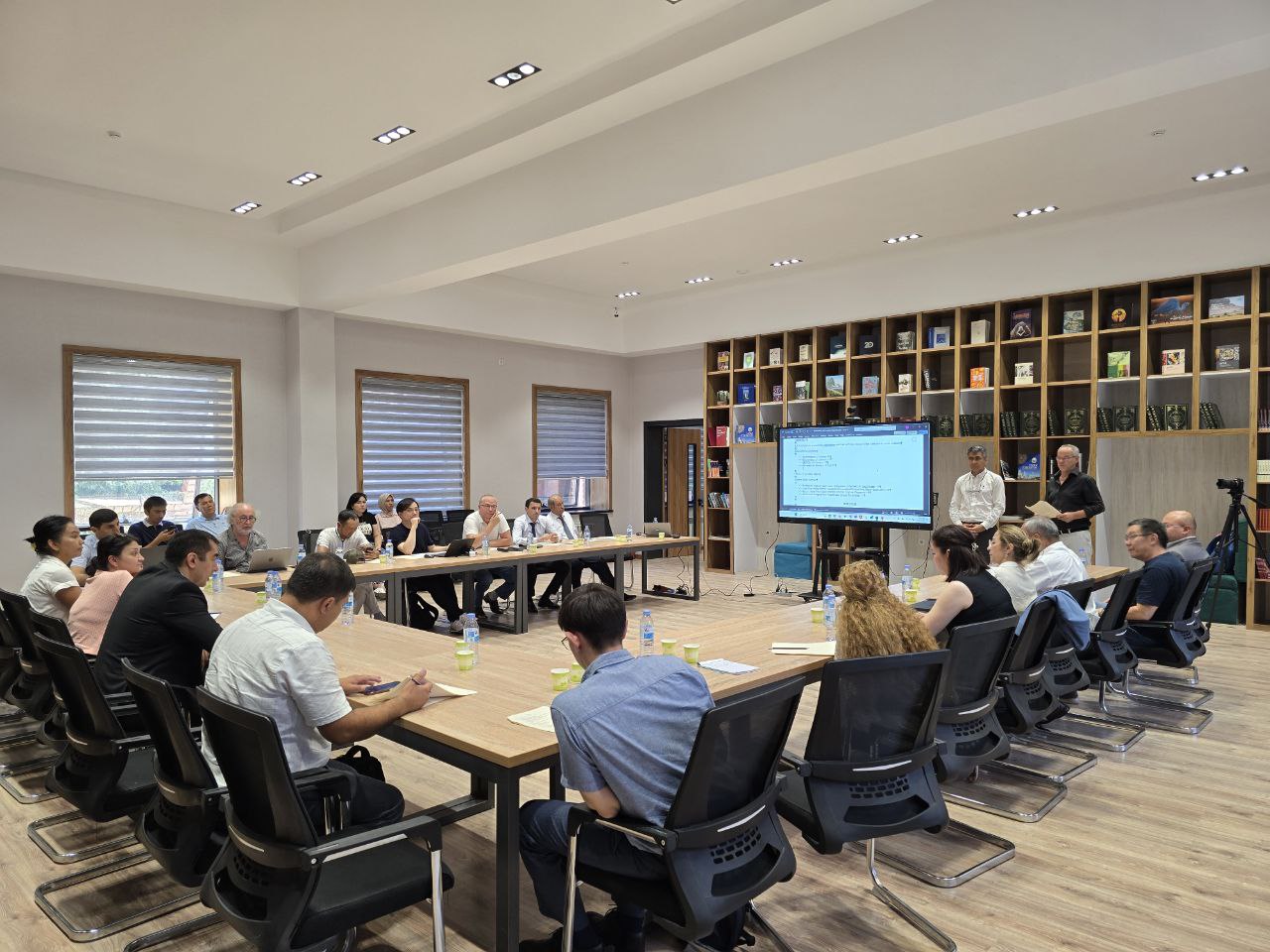
A central focus of the event was the SWOT (Surface Water and Ocean Topography) satellite mission — the latest satellite developed jointly by NASA, CNES, the Canadian Space Agency, and the UK Space Agency. SWOT delivers regular, high-precision observations of surface water bodies — including rivers, lakes, reservoirs, and oceans — opening up new frontiers for scientific analysis, sustainable water management, and climate research.
The seminar brought together representatives from research institutes, scientific centers, space agencies across Central Asia, and specialists in hydrometeorology, geoinformation technologies, and other water-related fields.
During the opening session, welcoming remarks were given by representatives of Green University, the CAHYSPA international consortium, CNES, EnviroVision, and the Ministry of Ecology, Environmental Protection, and Climate Change of the Republic of Uzbekistan, as well as other government agencies.
International experts delivered scientific presentations on a range of topics, including spatial analysis, water modeling, satellite-based measurements, and data integration in sustainable water resource management: Prof. Jida Wang (University of Illinois, USA) presented on the SWOT mission and the LaRiC model; Dr. Jean-François Crétaux (CNES/LEGOS, France) discussed the SCO program, the CAHYSPA project and data-sharing challenges; Dr. Jacques Verron (Hydromatters, France) explored the use of satellite data and Earth observation platforms; Dr. Ben Jarihani (EnviroVision, Australia) shared insights on space-based hydrology and reservoir management strategies.
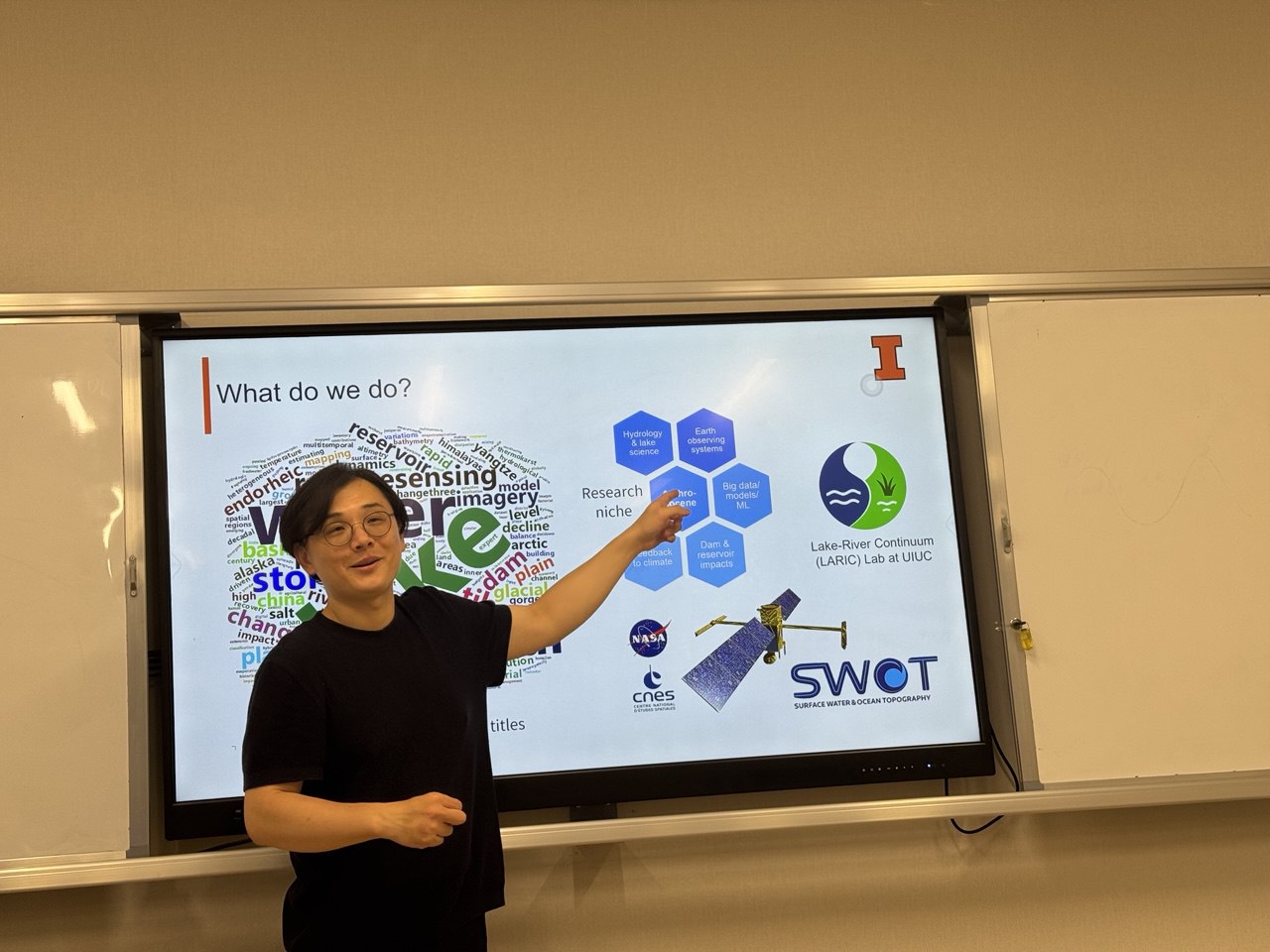
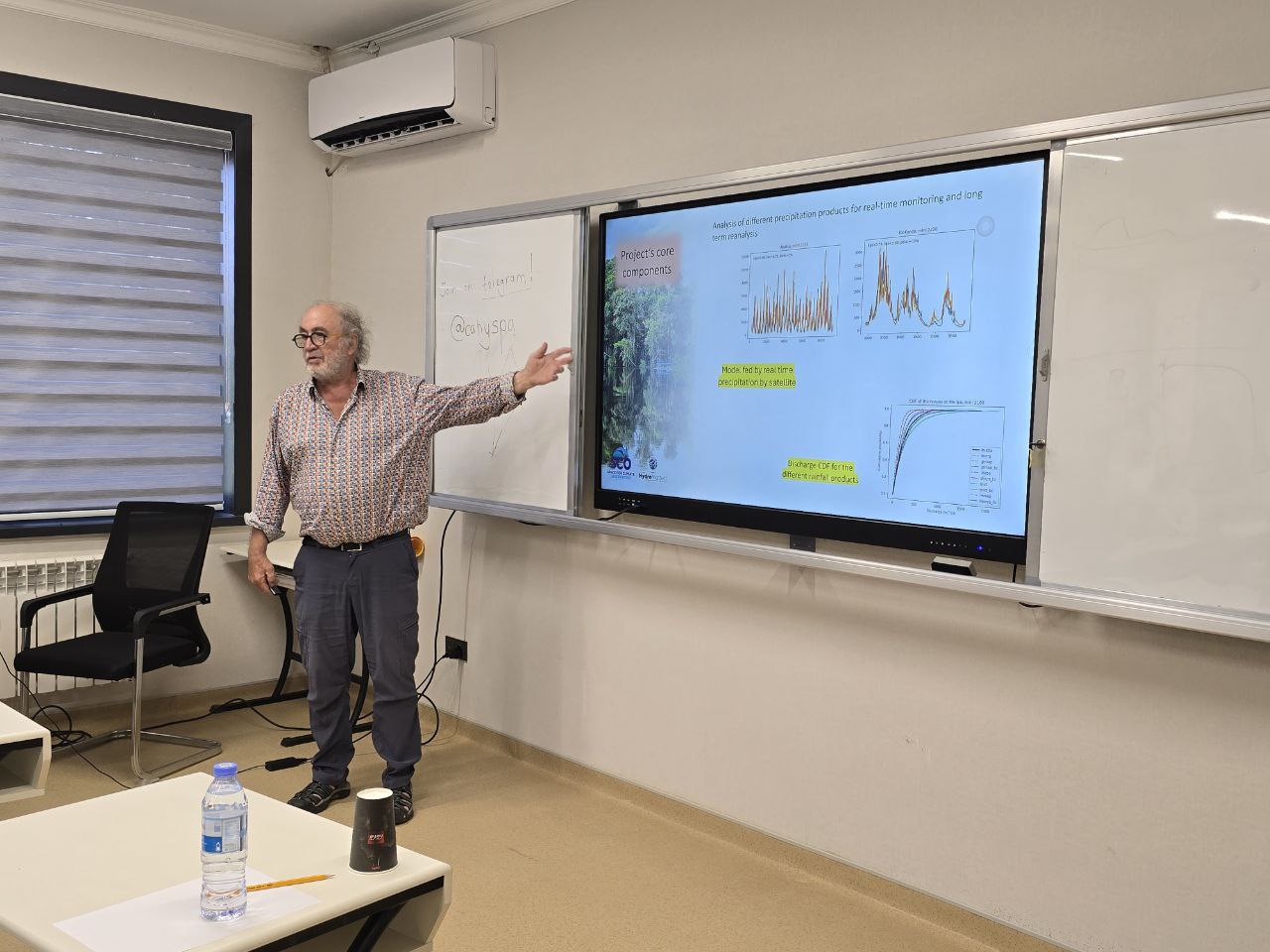
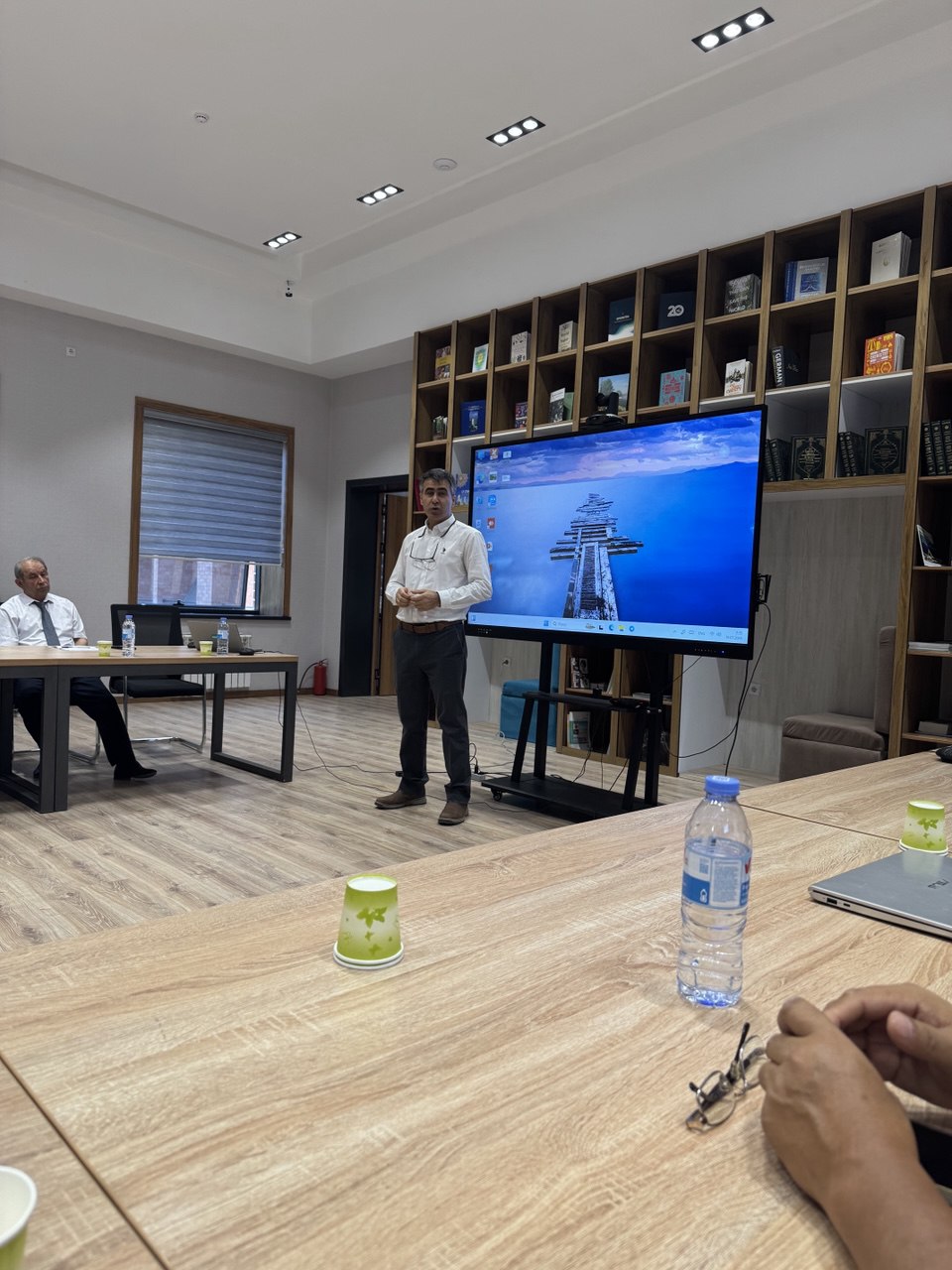
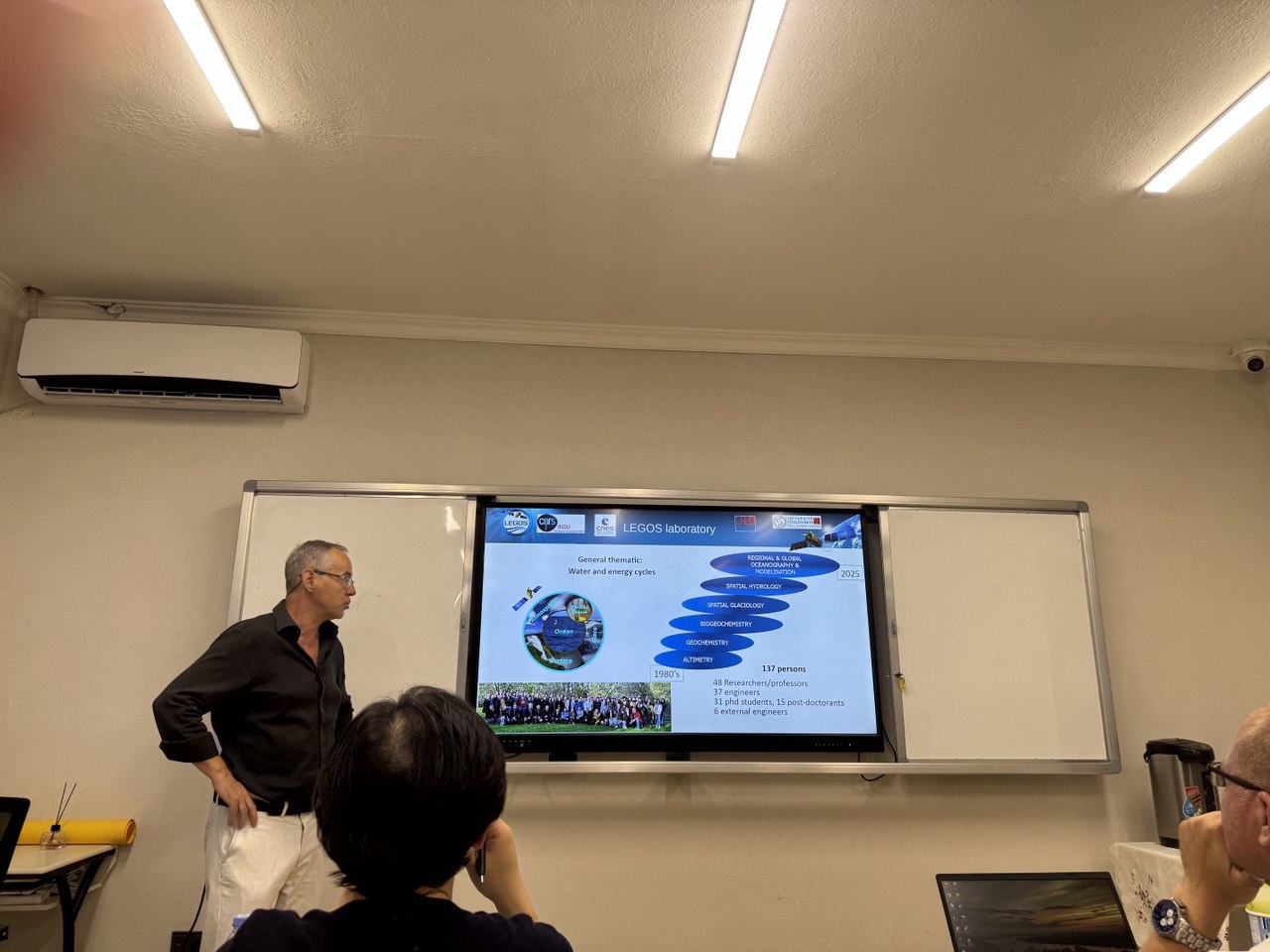
The seminar also highlighted presentations from Central Asian partners — representatives from Kazakhstan, Kyrgyzstan, Tajikistan, and Uzbekistan — who presented their research and initiatives on transboundary water issues, irrigation practices, climate change, and surface water management. Participants engaged in discussions on ongoing scientific projects and the most pressing water challenges in the region. Key topics included transboundary cooperation, water diplomacy, data sharing for decision-making at national and regional levels, the use of satellite technologies for efficient water management, strategies to combat drought, and the impact of glacier and snowfield melt on water supply.
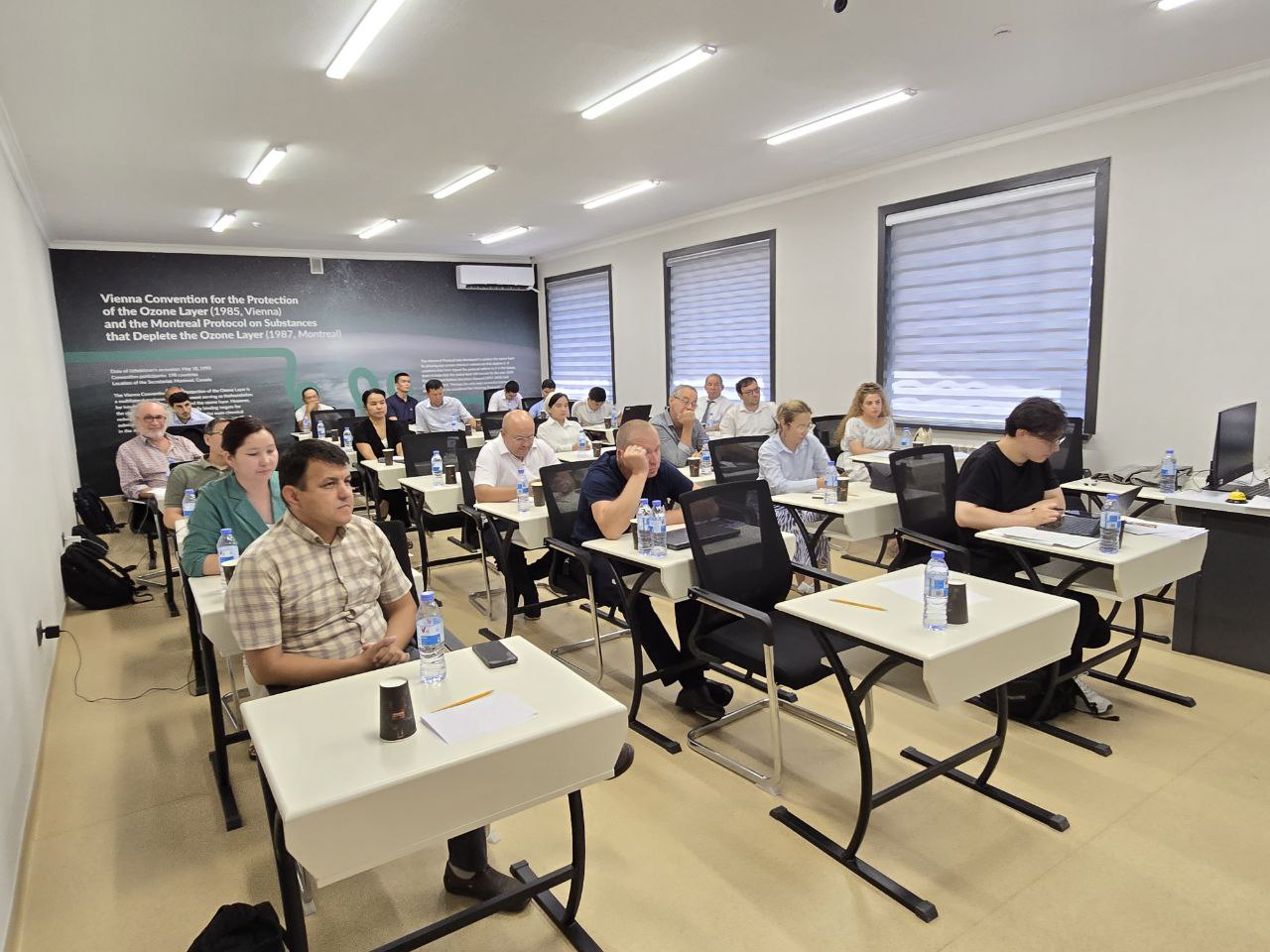
The session explored the technical capabilities of the SWOT satellite, which was launched in 2022. For the first time, SWOT provides highly accurate, spatially detailed data on water levels in rivers, large lakes, reservoirs, and coastal ocean areas. This breakthrough allows scientists to monitor water level fluctuations, estimate runoff volumes, and assess the influence of climate dynamics on water systems. Examples of the practical application of SWOT in hydrological research were discussed, particularly in areas where traditional monitoring methods are limited.
The seminar served as a platform for constructive dialogue among academic institutions, experts, and government agencies, emphasizing the need for collaborative efforts in science, technology, and diplomacy to address the water challenges facing Central Asia.
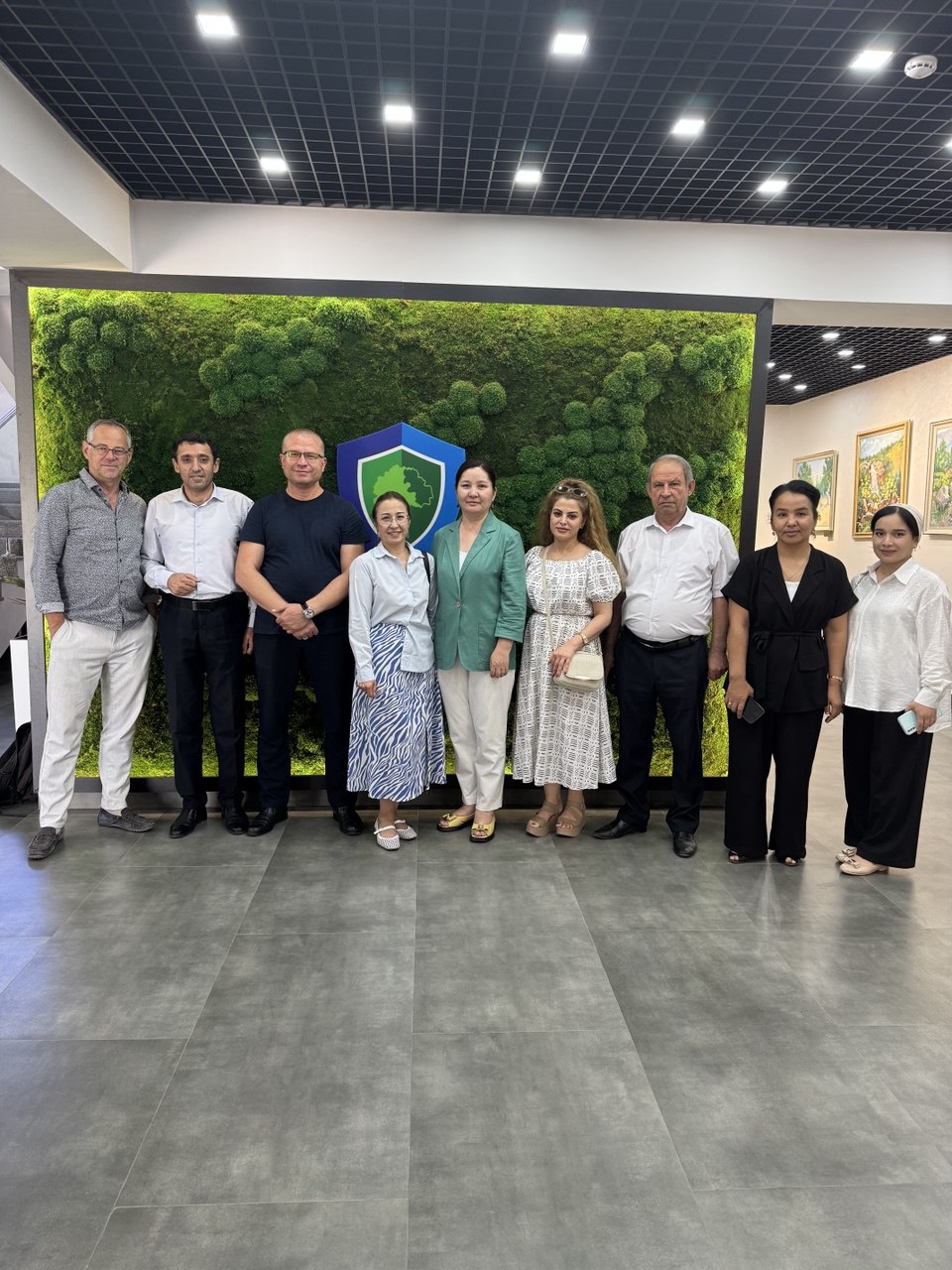
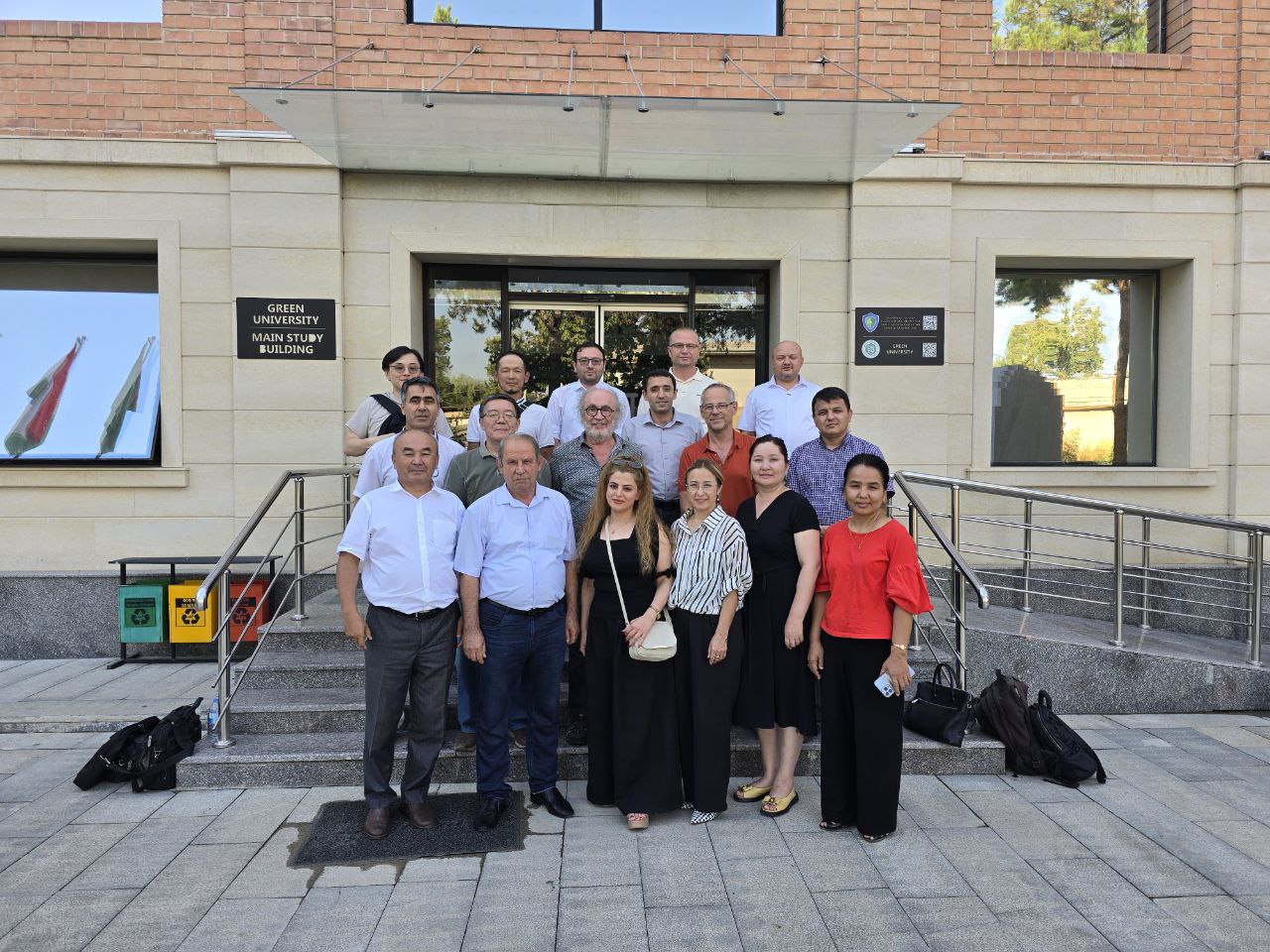
For more information about the SWOT satellite mission, visit NASA